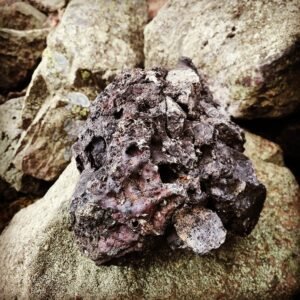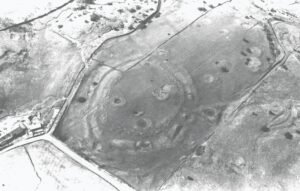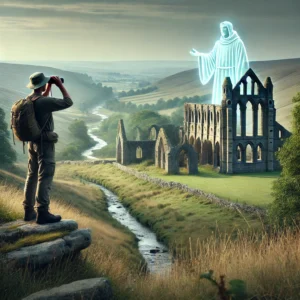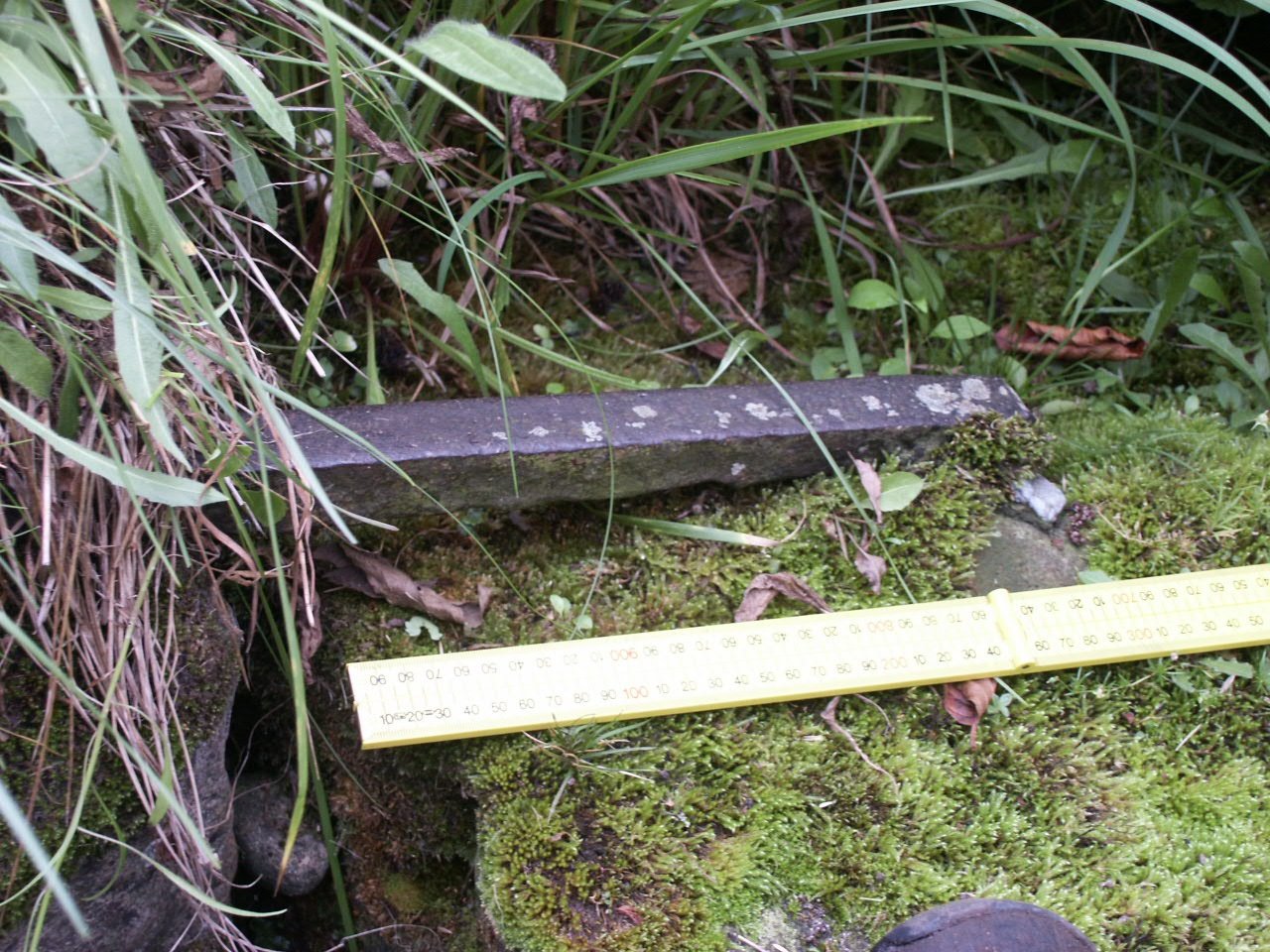Vitrified Forts Distribution One of the great mysteries of classical archaeology is the spartan worldwide distribution of vitrified forts, except for Scotland and Read more Why Vitrify a Fort? Originally, it was thought that the forts had become vitrified due to an enemy attack. A theory proposed by Childe Read more Classification of Vitrified Forts …
Category: Reports
Sep 27
Classification of Vitrified Forts
Archaeologists have suggested ways to organise the very varied “vitrified forts” into formal classes – especially schemes that distinguish forts by how much and what kind of vitrification their ramparts show. Below is a digest of the main classification ideas that have been proposed in the literature and how researchers actually use them in field reports and laboratory work.
Sep 27
Vitrified Forts Gazeteer
Celtic Heads Celtic Head from Witham, 2nd c B.C. (British Museum) “Celtic” carved heads are found throughout the Read more Timeline 60BC – 138AD This timeline is focussed on the British Celtic culture and those cultures which had influence on the British Celts. It Read more Heads at St Michael, Kirklington An analysis of head …
Sep 27
Mystery of Vitrified Forts
It was during a trip to.Scotland, in the Summer of 1997, that I first heard of vitrified hillforts. It was near Urqhart Castle, south of Inverness. As ancient monuments close early in that country, I could only see from a distance that impressive ruined fortress overlooking the west bank of Loch Ness.
Vitrified Forts
Vitrification of Hill Forts There are at least 60 vitrified hill forts, so far we have collected only a small sample, additional suggestions would be welcome. Gazetteer and Research Guide This is the output from an ongoing research discussion aimed at understanding vitrified hill forts in the British Isles, this project is still in its …
Sep 24
Guide – Archaeological Terms
Timeline 60BC – 138AD This timeline is focussed on the British Celtic culture and those cultures which had influence on the British Celts. It Read more Heads at St Michael, Kirklington An analysis of head carvings in a local area In many churches throughout England there are carvings of possible pagan Read more Celtic Religion …
Sep 23
Brigantia votive inscriptions – Finds and Analysis
Votive inscriptions to the Goddess Brigantia have been found in the North of England using four names: Caelestis Brigantia, Nympha Brigantia, Brigantia Augusta, and Victoria Brigantia. In this report I review what is known about them, and how this knowledge can help us understand how the Romano-British viewed the Goddess.











